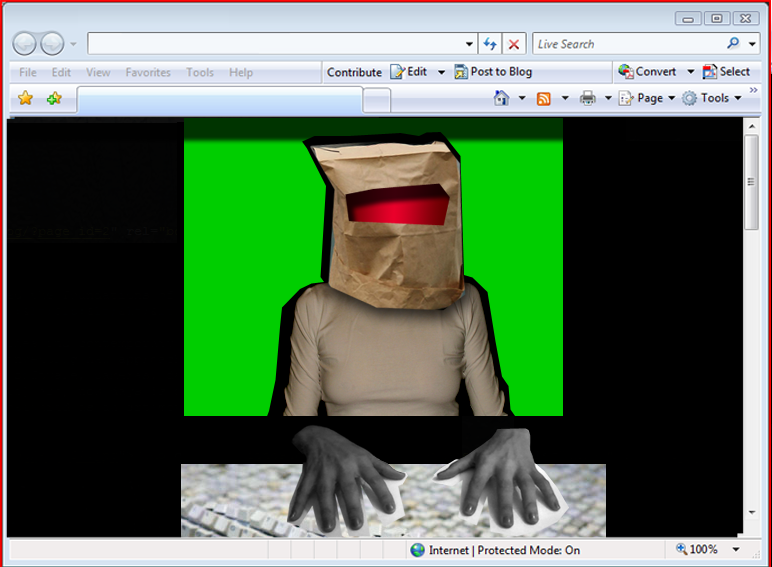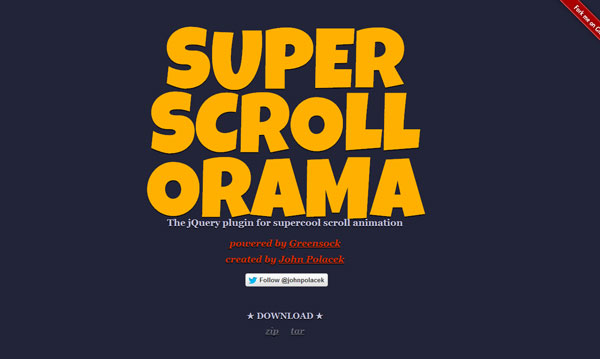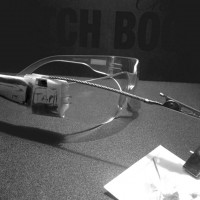
Written by GimpGirl Community
The Exploration of the Cyborg
Unless you are a feminist, geek or academic, you have likely not come across the Cyborg Manifesto. It was written back in 1985 as an exploration of how the boundaries between human, animal and machine are blurring, as well as the implications of that breakdown of barriers (particularly in regards to feminist theory). Dr. Donna Haraway was one of the first academics to really comment on the vast diversity there is within the feminist community. She points out:
Sandoval emphasizes the lack of any essential criterion for identifying who is a woman of colour. She notes that the definition of the group has been by conscious appropriation of negation. For example, a Chicana or US black woman has not been able to speak as a woman or as a black person or as a Chicano. Thus, she was at the bottom of a cascade of negative identities, left out of even the privileged oppressed authorial categories called ‘women and blacks’, who claimed to make the important revolutions. The category ‘woman’ negated all non-white women; ‘black’ negated all non-black people, as well as all black women. But there was also no ‘she’, no singularity, but a sea of differences among US women who have affirmed their historical identity as US women of colour. This identity marks out a self-consciously constructed space that cannot affirm the capacity to act on the basis of natural identification, but only on the basis of conscious coalition, of affinity, of political kinship. …
She talks about how class and race affect the experience of being a woman, as well as how it can negatively affect the woman’s ability to participate in the larger feminist discourse. Amber Case further explains the traditional definition of a cyborg as “an organism ‘to which exogenous components have been added for the purpose of adapting to new environments’” (from a 1960 paper on space travel). While reading this and other papers that have attempted to extrapolate further on “the cyborg myth” it often strikes me that they are missing a really obvious connection when discussing various intersections; many people with disabilities have been cyborgs (under Dr. Haraway’s definition) since long before “technology” or the concept of a cyborg was even a popular discussion. There is some rare exceptions, such as this piece on Frida Kahlo and a brief mention in the Cyborg Manifesto itself (as pointed out by Theresa Senft):
Here, she makes what is her only real reference to prosthetics and disability in her entire essay, in a discussion of Anne McCaffrey’s 1969 novel, The Ship Who Sang. The novel death a severely handicapped [sic] girl whose brain was connected to complex machinery, in which machines serve as “prosthetic devices, intimate components, friendly selves.” Haraway wonders aloud, “Why should our bodies end at the skin, or include at best other beings encapsulated by skin?”
Indeed, those of us with disabilities and chronic health issues would be hard pressed to separate ourselves from technology. Our lives are intrinsically linked with technology, and our identity is often defined by it.
Disability and Technology
I will use myself as a working example to further comment on. I am writing this article on my laptop, using speech to text technology (Dragon Dictate) to type my thoughts for me while I talk to my computer. I’m sitting upright in my adjustable hospital-style bed, supported by an almost entirely metal spine that was implanted to keep my spine from collapsing. My laptop is on a rolling metal table to keep it from putting pressure on my legs. I am literally surrounded by technology to lift me out of bed, help me do necessary personal activities, and to help me take part in my household as a wife and individual. When I leave this house, you see me in my power wheelchair, or perhaps using my adapted minivan or the ramp on the light rail. I am alive because medical technology was developed to treat blood clots. I exist because I have an almost symbiotic relationship with technology.
Obviously everyone is different and has different experiences. I have a fairly severe physical disability, but many people with various disabilities and chronic health issues have long had this type of relationship with technology (medical, adaptive, etc.). Some people with disabilities also have deep relationships with animals, through using guide dogs and other types of assistance animals that are integral to their lives. In many westernized parts of the world, one could almost say that this level of relationship with technology is part of being defined as someone with a disability. It allows us to exist, and to be independent and integrated (for some value of) into society. At the same time, it is also a primary identifier for why we are seen as different.
The EDGElab at Ryerson University is researching the design and use of adaptive technologies made from common materials, mostly cardboard. A study conducted by Alison Gaston (2011) focused on the creation of a ‘corner chair’ that allowed the child to be free from a medical device and being held by a parent, to allow her to play in the sand (Henderson, 2011). The goal was to increase the child’s autonomy, in the hopes that other children would ‘play’ with the child, rather than, as had been the case up to this point, their ignoring the child or seeing her as an infant. With the introduction of the cardboard chair, the child was almost immediately accepted into the peer group. The other children adapted their own play to include the child despite her severe disabilities when the technology she used was replaced.
There is evidence of various types of adaptive technology back as far as the sixth century, if we take the wheelchair as an easy example. Likely, they were primarily used by nobility and upper-class until at least the 19th or 20th centuries. It’s hard to know, though, because documenting the lives of people with disabilities was rarely a priority in history, except in purely medical terms, and until more recently society hid us away in institutions or rooms only family visited. Technology was often developed on a case-by-case basis (as most technology was until closer to the Industrial Revolution) by family members or friends who wanted to create something they thought would help. Adaptive technology is still not as highly available in impoverished parts of the world.
Conclusion
Yet, when we think of deep integration with technology, disability is rarely thought of unless it is a direct focus. There are technologies being developed such as wheelchairs that are controlled by thought, robotic exoskeletons being developed primarily for people with spinal cord injuries to allow them to walk, andstair climbing wheelchairs. They are still clunky and imprecise (or ridiculously expensive and not covered by insurance), but perhaps indicative of future adaptive technology. The “cyborg chic” technologies such as “Skinput” style keyboards andwearable computer technology often are not accessible or designed with an eye to Universal Design concepts.
Even though I, and many other women with disabilities, have often been nicknamed and thought of ourselves as “The Bionic Woman,” we are rarely asked how this integration of personhood and technology affects us (for better or worse). Perhaps a wider integration – a further movement toward the cyborg – will make our relationship with technology seem less different, less alien. Perhaps it is a move towards a “singularity” where people will see past the integration with technology to the person beneath it.
To some degree, the Internet has already achieved that singularity, making us without physical body or gender unless we share those identities. It has some ability to normalize differences and facilitate human connection without preconceived notions or judgment based on appearances. It has also brought together far-flung communities in “conscious coalitions” where people who live at the intersection of feminism and race/class/ability can co-create common identities and social movements. It will be interesting to see how the definitions of different, human, disabled and woman develop as we inevitably move towards a deeper integration with technology.
– Jennifer Cole, Program Director
Gaston, Alison (2011). Using Adaptive Designs to Promote Social Interaction. Inclusive Early Learning Environment: One Child’s Story.





